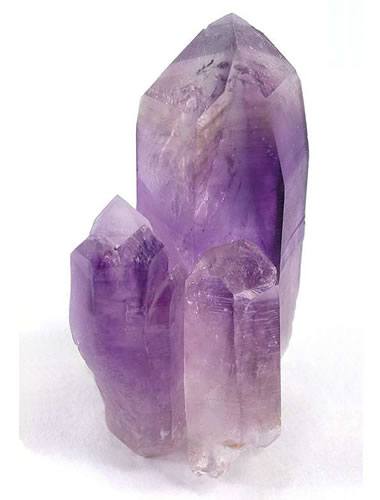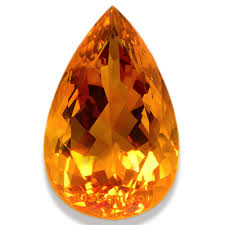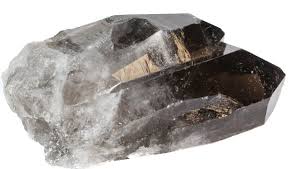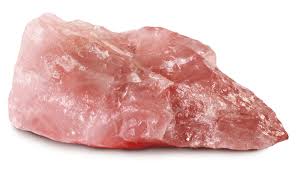Mineral of the Week. #01 - Quartz
geology·@kaytee·
0.000 HBDMineral of the Week. #01 - Quartz
Quartz is one of the most well-known and common minerals on earth crust. Quartz is also the most varied of all minerals, occurring in all different forms, and colors. It's a mineral composed of silicon and oxygen atoms. It has a hardness of 7 according to Mohr scale of Hardness. It has a hexagonal crystal system with a vitreous luster and a white streak. Quartz is highly resistant to weathering because of its strong interlocking grains. **Varieties Of Quartz** The varieties of quartz is based on the fact the mineral appears in different colors and is formed in different geologic environments. Pure quartz, traditionally called clear quartz, is colorless and transparent or translucent. Common colored varieties include amethyst, citrine, smoky quartz, rose quartz, milky quartz, etc. - Amethyst Amethyst is a purple colored quartz. It is known that the world's largest deposits of amethysts can be found in Uruguay, Russia, Brazil, Mexico, France, Namibia and Morocco. An amethyst is an association mineral to iron, hence, it is formed when there is iron in the area where it was formed.  *photo credit: geology.com* - Citrine Citrine is a variety of quartz whose color ranges from a pale yellow to brown due to ferric impurities. Brazil is the leading producer of citrine.  *photo credit: geology.com* - Smoky Quartz Smoky quartz is the type of quartz that show gray translucent color.  *photo credit: fossilers.com* - Rose Quartz Rose quartz is pale pink to rose red hue version of quartz.  *photo credit: thehealingchest.com* **Mode of Occurrence** Quartz is common in leucocratic rocks and its presence or absence is factor in determining igneous rocks classification and nomenclature. Nevertheless, they are very common in both sedimentary and metamorphic rocks. Most quartz crystallizes from molten magma from depths whilst others precipitates from hydro-thermal fluids. **Uses** 1. Quartz has a piezoelectric property which allows it develop electric potential on application of mechanical stress. One of the most common piezoelectric uses of quartz today is as a crystal oscillator which is seen in modern quartz clocks. 2. The high hardness of quartz makes it is an excellent abrasive material. Quartz sands and finely ground silica sand are used for sand blasting, scouring cleansers, grinding media, and grit for sanding and sawing. 3. It can be used for the molds and cores of common foundry work. Refractory bricks are often made of quartz sand because of its high heat resistance. Quartz sand is also used as a flux in the smelting of metals. 4. Quartz sand is used in the production of container glass, flat plate glass, specialty glass, and fiberglass.
👍 kaytee, sooflauschig,